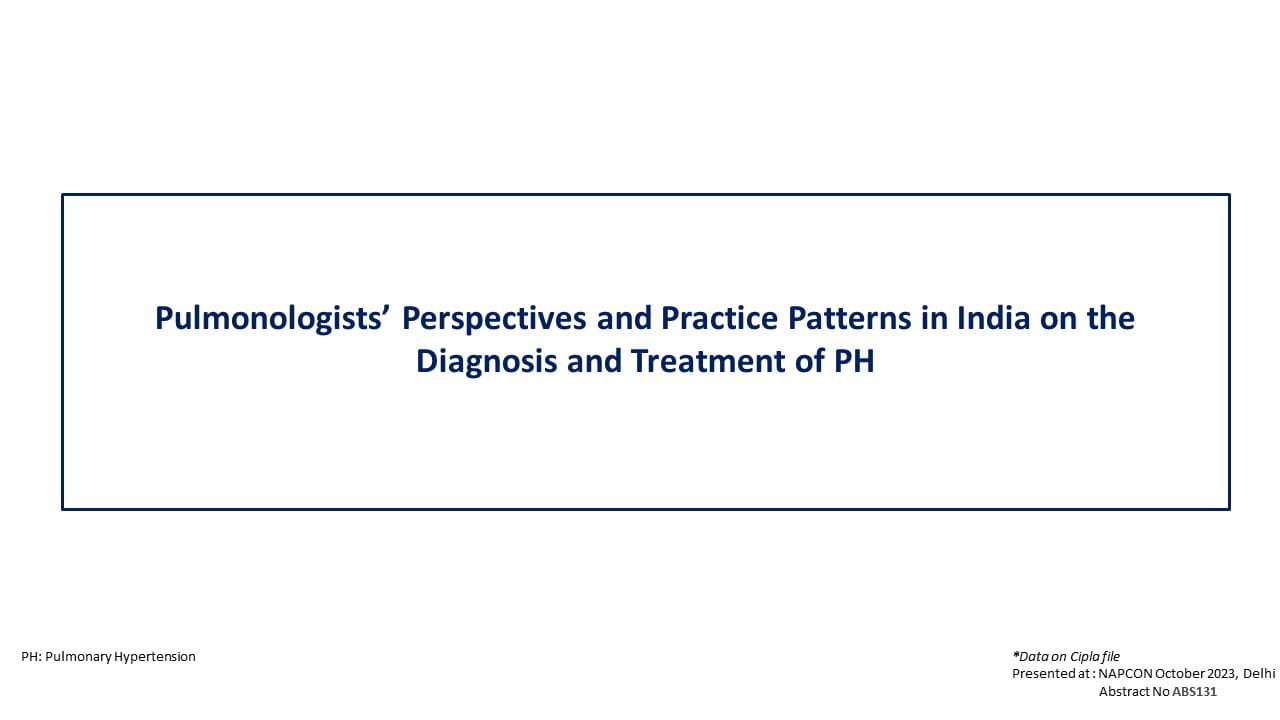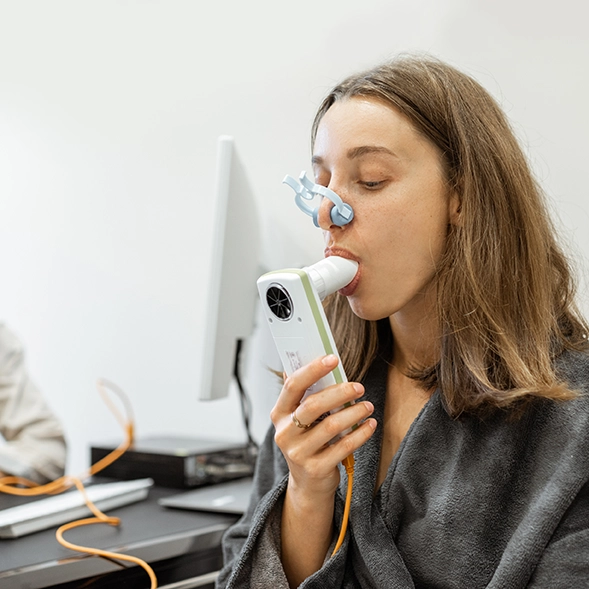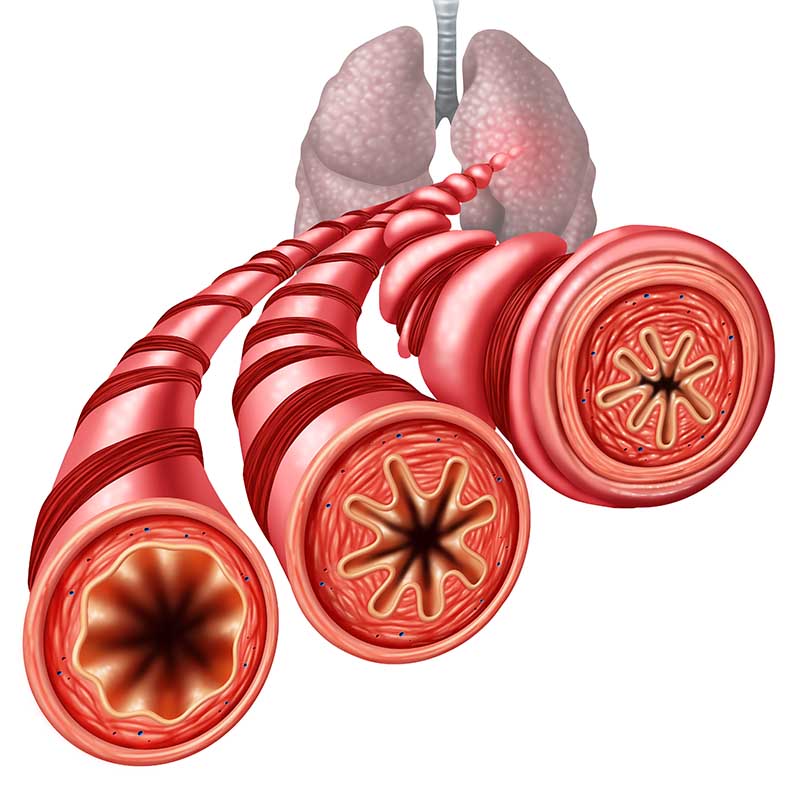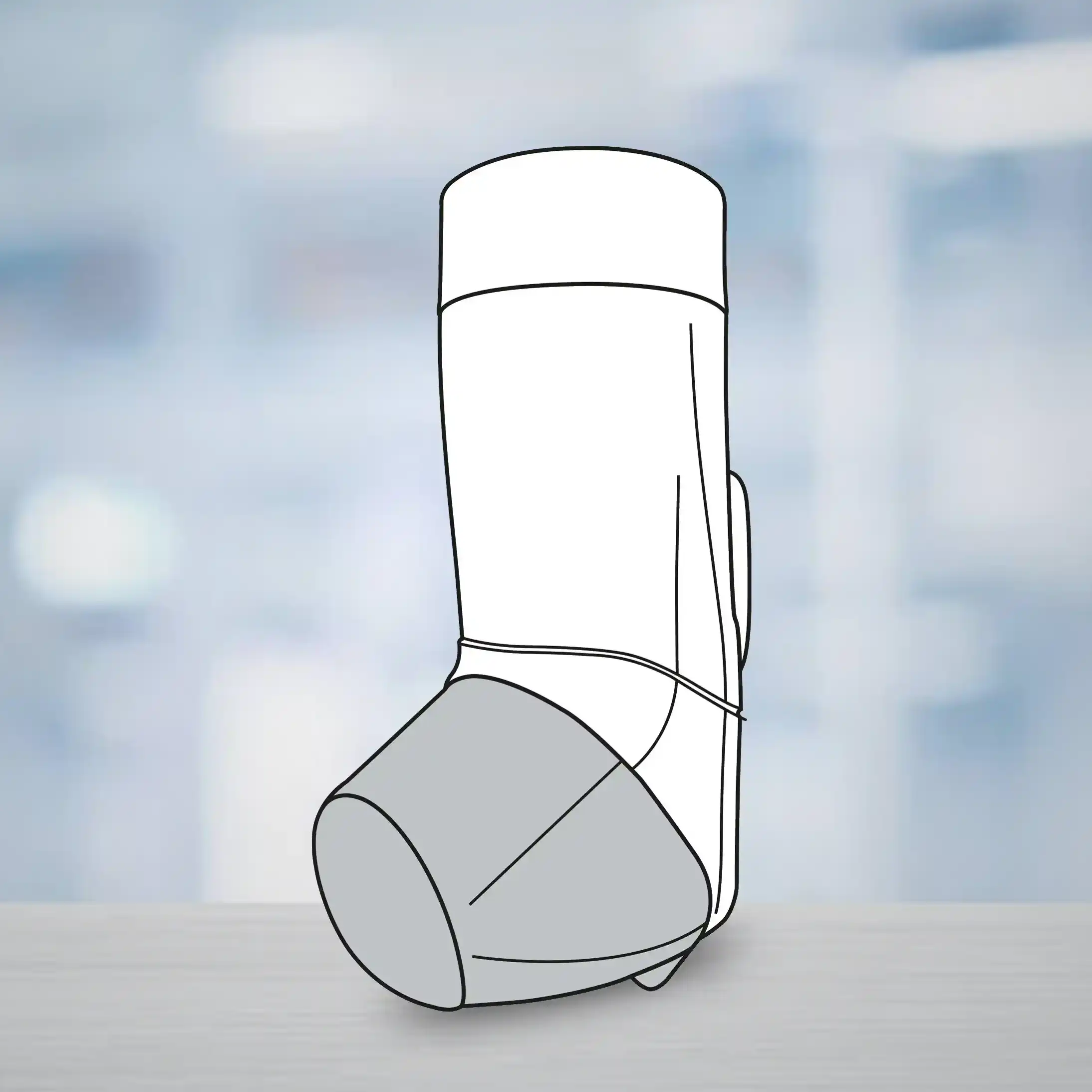Introduction
It is difficult to completely control postoperative pain management with a single opioid. Clinically, combining opioids with non-steroidal anti-inflammatory drugs (NSAIDs) is common for postoperative pain due to ease of operation, safety, and personalization. Ibuprofen, the only NSAID approved for pain and fever, with anti-inflammatory activity, easily available over the counter and less prone to gastrointestinal (GI) and cardiovascular adverse effects.
Aim
To evaluate the analgesic efficacy and safety of different doses of intravenous (IV) ibuprofen in the treatment of postoperative acute pain.
Patient Profile
- 345 patients with an IV patient-controlled analgesia device after abdominal or orthopedic surgery with incisions length 5 cm at least, who required postoperative hospitalization
Method
Study Design
- Phase III, prospective, multicenter randomized, double-blind, placebo-controlled trial
- Patients were randomized during the first 48 h of the study period to the IV ibuprofen 400 mg group, the IV ibuprofen 800 mg group and the placebo group
- The study medicines were given intravenously 30 minutes before surgery ended, followed by six hours intervals for a total of eight doses following surgery
- All patients received patient-controlled IV analgesia of morphine (0.5 mg/ml) for over 24 h
Endpoints
- Primary outcome: Total morphine use in 24 hours after surgery
- Secondary outcomes:
- Visual analogue scale (VAS)
- Area under the curve (AUC) of VAS at rest and with movement
- Rates of treatment failure (RTF; rate of analgesia with other non-morphine drugs within 24 h after the end of surgery)
- Patient satisfaction score recorded on postoperative day 2
- Safety assessment: Specific adverse events (AEs) associated with IV ibuprofen
Results
Efficacy
- IV ibuprofen significantly reduced the total morphine consumption as compared with the placebo group for 24 h postoperatively (11.14 mg in IV ibuprofen 400 mg group and 11.29 mg in the IV ibuprofen 800 mg group vs. 14.51 mg in placebo group; P=0.0011 and P=0.0014, resp.) (Figure 1)
- The VAS at rest and the AUCs of VAS with movement for 24 h postoperatively (P < 0.05) were significantly reduced with IV ibuprofen (400mg and 800 mg groups) as compared to placebo
- IV ibuprofen significantly lowered the VAS at rest and with movement at 3 h, 6 h, 12 h, 24 h, and 48 h after surgery as compared with the placebo group; regardless of the 400 mg and 800 mg dosing groups (All P < 0.0001)
- RTF was slightly higher in the placebo group than IV ibuprofen 400 mg group and 800 mg groups (P < 0.690)
- Patient satisfaction scores in the IV ibuprofen 400 mg (P=0.0092) and the IV ibuprofen 800 mg groups (P=0.0011) was higher than the placebo group for pain management
- No significant difference was reported between the IV ibuprofen 400 mg and IV ibuprofen 800 mg groups for any of the outcomes
Figure 1: Effect of IV ibuprofen in comparison with placebo on the primary end point
Safety
- IV ibuprofen was well tolerated for postoperative pain treatment
- AEs and serious AEs were reported in the placebo group (58.26% and 0), IV ibuprofen 400 mg group (60.36% and 1.74%), and IV ibuprofen 800 mg group (68.91% and 2.70%), respectively
- The incidence of pyrexia was higher in the placebo group compared to the IV ibuprofen 400 mg and 800 mg (P=0.0002)
Conclusion
Intermittent IV administration of ibuprofen 400 mg or 800 mg within 24 h after abdominal and orthopedic surgery significantly decreased morphine consumption and achieved effective pain relief, without increasing the incidence of AEs.
Pain Res Manag 2023: 2023:7768704










